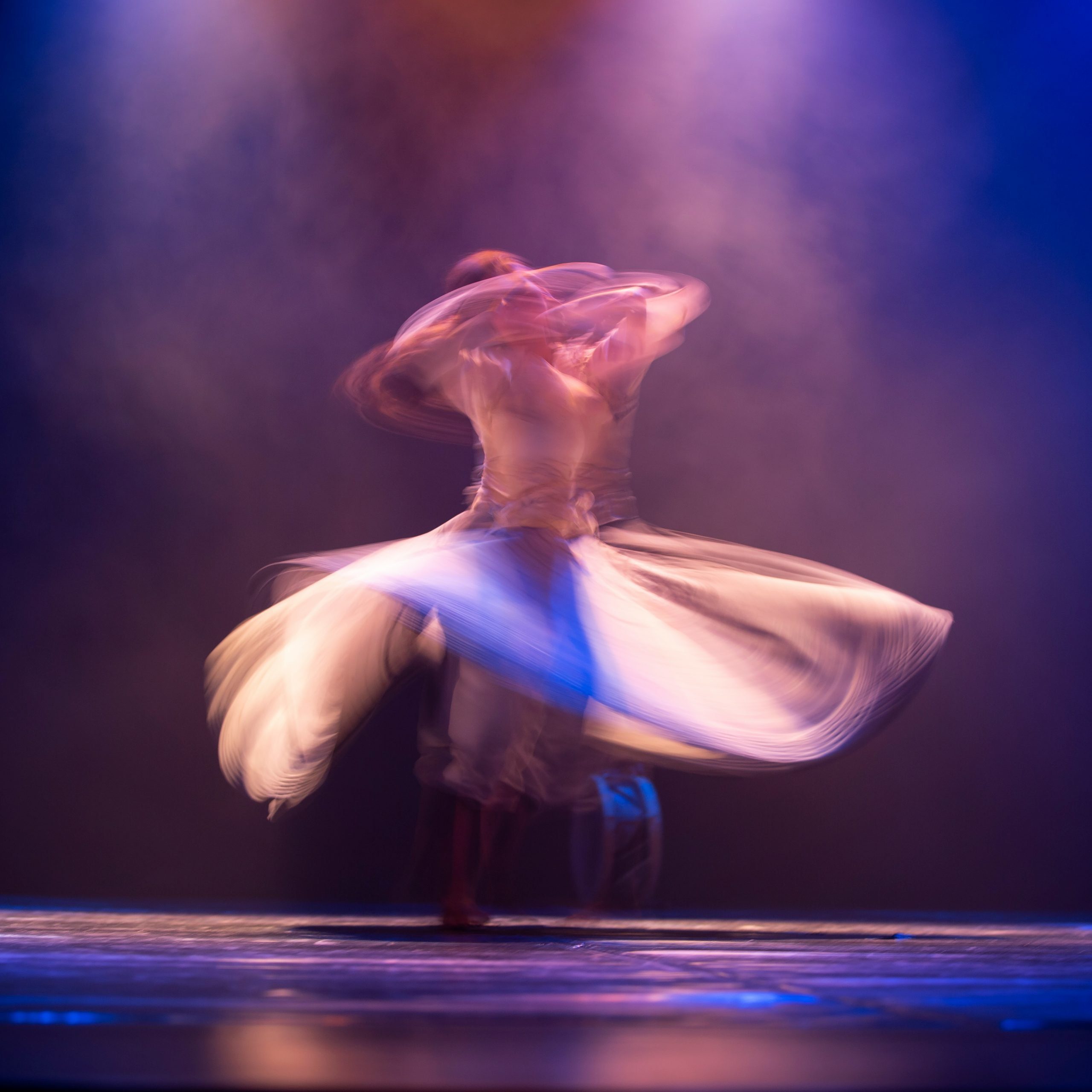Introduction to Whirling Dervishes
Whirling Dervishes are often associated with the mystical Sufi tradition, specifically the Mevlevi Order. Their mesmerizing dance, known as the Mevlevi Sema, is a spiritual practice that has fascinated people worldwide. The ceremony is not just a dance but a profound expression of spiritual devotion.
The Origins of Mevlevi Sema
The Mevlevi Sema ceremony originated in the 13th century with the Mevlevi Order, founded by the followers of the famous Persian poet and Sufi mystic, Rumi. The practice involves a series of intricate movements and chants, designed to help the dervishes achieve a state of spiritual ecstasy and connect with the divine. The word ‘sema’ itself means ‘listening,’ reflecting the ceremony’s emphasis on auditory and spiritual experience.
The Ceremony’s Structure
The Mevlevi Sema is a highly structured ritual, beginning with a prayer and followed by various stages of music, chanting, and the iconic whirling. Dressed in traditional garments, the dervishes spin gracefully, symbolizing the journey of the soul towards God. Each component of their attire, from the tall hats to the flowing skirts, has symbolic meaning, representing concepts like the ego’s death and the soul’s purity.
The Spiritual Significance
For the whirling dervishes, the Mevlevi Sema is much more than a performance. It is a deeply spiritual act of devotion and surrender to the divine. The whirling symbolizes the motion of the planets around the sun, reflecting the belief that everything in the universe is connected. Through the ceremony, participants and observers alike can experience a sense of unity and transcendence.
Conclusion
The Whirling Dervishes and the Mevlevi Sema ceremony offer a unique glimpse into the rich spiritual traditions of Sufism. Whether you view it as a cultural spectacle or a profound spiritual practice, the Mevlevi Sema continues to captivate and inspire people around the world.





0 Comment